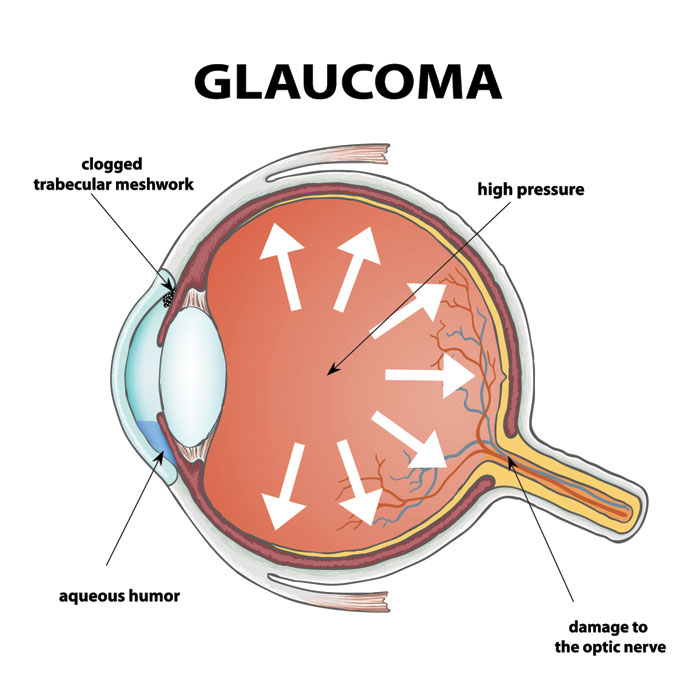Glaucoma Surgery: A Complete Guide to Options, Risks, and Recovery
I. Introduction
Glaucoma is a group of eye conditions that damage the optic nerve, often due to high intraocular pressure (IOP). If left untreated, this damage can lead to irreversible vision loss or blindness. While early treatment with medications and laser procedures can help, some patients require surgery to maintain eye pressure and protect their vision.
In this guide, we’ll explore different types of glaucoma surgery, when it’s necessary, what to expect during the process, and the associated risks.
II. Types of Glaucoma Surgery
There are several surgical approaches to lowering intraocular pressure. Each method differs in terms of invasiveness, success rates, and recovery time.
1. Trabeculectomy (Traditional Glaucoma Surgery)
Trabeculectomy is one of the most common and effective glaucoma surgeries. It involves creating a new drainage channel in the eye to allow fluid to escape, thereby reducing pressure.
-
Success Rate: Up to 90% in lowering eye pressure
-
Recovery: 4–6 weeks
-
Considerations: Requires strict post-op care to avoid complications such as infection or scarring.
2. Laser Trabeculoplasty
This is a minimally invasive laser procedure used mainly for open-angle glaucoma. A laser creates small openings in the eye’s drainage system to improve fluid outflow.
-
Success Rate: 60–80% depending on patient condition
-
Recovery: Minimal (a few hours to a couple of days)
-
Ideal For: Patients who don’t respond well to eye drops or want to reduce medication dependency.
3. MIGS (Minimally Invasive Glaucoma Surgery)
MIGS procedures use tiny implants or devices to enhance the natural drainage system of the eye. These are often combined with cataract surgery.
-
Advantages: Fewer complications, faster recovery
-
Drawback: May not lower eye pressure as effectively as traditional surgery
-
Best For: Mild to moderate glaucoma patients looking for a safer surgical option.
Here’s a 2025 update on glaucoma surgery rates in the Philippines:
Check the full cost breakdown here
III. Who Needs Glaucoma Surgery?
Not all patients require surgery. Your ophthalmologist may recommend it if:
-
Eye drops or medications fail to control eye pressure
-
Glaucoma progresses rapidly
-
Laser treatments are ineffective
-
Side effects from medications are severe
-
Lifestyle or patient preference favors surgery over long-term medication
IV. The Glaucoma Surgery Process
The surgery process generally involves three stages:
Pre-Surgery
-
Comprehensive eye exam
-
Medical history review
-
Measurements and diagnostic tests
-
Discussion of risks, benefits, and expected outcomes
During Surgery
-
Performed under local or general anesthesia
-
Duration: 30–90 minutes
-
Most procedures are outpatient
Post-Surgery Care
-
Regular follow-up visits
-
Prescription eye drops to prevent infection and control inflammation
-
Avoid strenuous activities during recovery
V. Success Rates and Expectations
-
Trabeculectomy: High success rate but requires long-term monitoring
-
Laser Trabeculoplasty: Effective but may need repeat sessions
-
MIGS: Safer but may not eliminate the need for medications completely
Important: Surgery does not restore lost vision—it only prevents further damage.
VI. Risks and Side Effects
Like any surgical procedure, glaucoma surgery carries risks:
-
Infection or inflammation
-
Bleeding
-
Scarring of the surgical site
-
Fluctuating eye pressure
-
Vision changes (blurred or double vision temporarily)
Regular follow-ups help reduce these risks and ensure proper healing.
VII. Frequently Asked Questions About Glaucoma Surgery
1. Can glaucoma surgery restore lost vision?
No. Surgery aims to prevent further vision loss by reducing eye pressure. Lost vision from optic nerve damage cannot be recovered.
2. How long does glaucoma surgery take?
Most surgeries take between 30 to 90 minutes.
3. Is glaucoma surgery painful?
Most patients experience minimal discomfort during and after surgery due to anesthesia and prescribed pain management.
4. How much does glaucoma surgery cost?
Costs vary based on the type of surgery, surgeon’s expertise, and location. For updated pricing, click here.
5. Will I still need eye drops after surgery?
In many cases, yes. Some patients may still need medication to keep eye pressure within the target range.
VIII. Conclusion
Glaucoma surgery is a critical option for patients who cannot control eye pressure with medications or laser treatment alone. Understanding your surgical options, recovery process, and potential risks will help you make an informed decision.
If you suspect glaucoma or have been advised to consider surgery, consult an experienced ophthalmologist immediately. Early intervention remains the best defense against irreversible vision loss.




